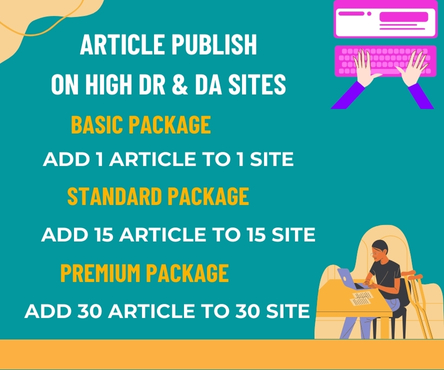Ingrown toenails are a common affliction that can cause significant discomfort and pain. They occur when the nail grows into the surrounding skin, leading to redness, swelling, and sometimes infection. If left untreated, ingrown toenails can become a recurring problem, affecting daily activities and overall quality of life. Fortunately, various treatment options are available to provide relief and prevent future occurrences. Meet ingrown toenail treatment singapore
Understanding the Causes
Before exploring treatment options, it’s essential to understand the causes of ingrown toenails. Improper nail trimming, tight-fitting shoes, and genetic predisposition are common factors that contribute to this condition. People with diabetes, poor foot hygiene, or those who participate in activities that involve repeated pressure on the toes, such as running or hiking, are also more susceptible to ingrown toenails.
Home Remedies
For mild cases of ingrown toenails, home remedies can be an effective starting point. Soaking the affected foot in warm water for 15-20 minutes, three to four times a day, can help reduce swelling and ease pain. Adding Epsom salt or essential oils like tea tree oil to the soak can enhance its benefits. After soaking, gently dry the foot and apply antibiotic ointment to prevent infection.
Another home remedy involves lifting the ingrown nail edge and placing a small piece of cotton or dental floss underneath. This helps to separate the nail from the surrounding skin, allowing it to grow out properly. However, this method requires careful execution to avoid pushing the nail deeper into the skin.
Professional Treatments
If home remedies fail to provide relief or if the condition worsens, it’s time to consult a healthcare professional. A podiatrist or primary care physician can assess the severity of the ingrown toenail and recommend suitable treatments.
One common professional treatment is partial nail avulsion (PNA). This involves removing the ingrown portion of the nail under local anesthesia. The procedure is relatively quick and can provide immediate relief. In some cases, the entire nail may need to be removed.
For recurring ingrown toenails, a more permanent solution is matrixectomy. This procedure involves removing a portion of the nail matrix, which is the area beneath the cuticle where nail growth occurs. By reducing the nail’s width, matrixectomy can prevent future ingrown toenails.
Prevention Strategies
Preventing ingrown toenails is crucial to avoiding the associated pain and discomfort. Proper nail trimming is essential, involving cutting the nail straight across and avoiding cutting it too short. Wearing shoes that fit comfortably and don’t put pressure on the toes can also help.
Good foot hygiene is vital, including washing the feet daily and drying them thoroughly, especially between the toes. Trimming toenails regularly and using a toenail file to smooth out rough edges can also reduce the risk of ingrown toenails.
Conclusion
Ingrown toenails can be a debilitating condition, but effective treatment options are available. From home remedies to professional procedures, there’s a solution for every severity level. By understanding the causes and taking preventative measures, individuals can reduce their risk of developing ingrown toenails and enjoy healthier, pain-free feet. If you’re experiencing persistent or severe ingrown toenails, consult a healthcare professional for personalized guidance and treatment. With the right approach, you can say goodbye to the discomfort and pain associated with ingrown toenails and hello to happy, healthy feet.

